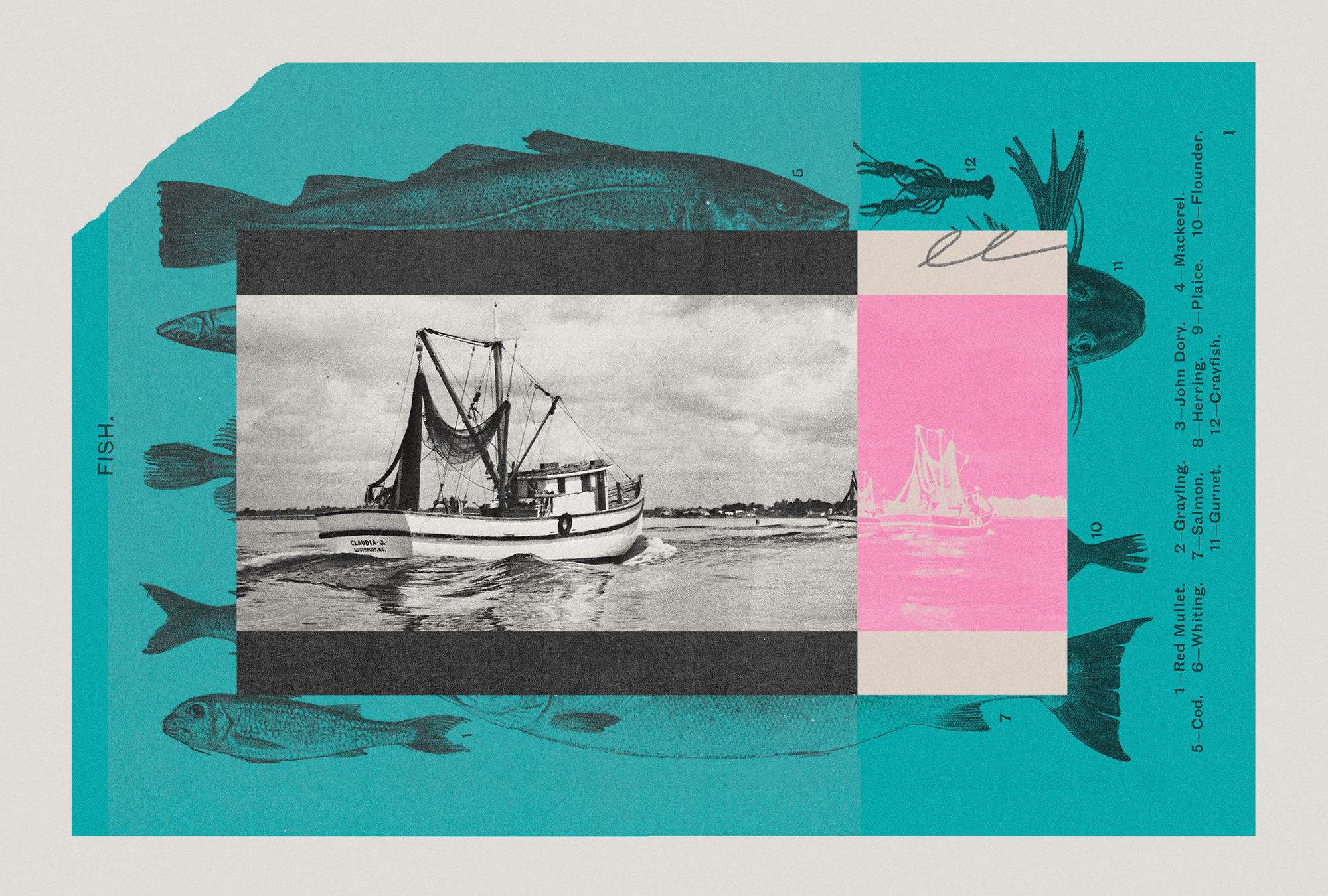Share As A Gift
Share a paywall-free link to this article.
This feature is only available for subscribers.
Start your subscription for as low as $4.95. Already a subscriber?

K.C. HANSON WAS PAINFULLY aware of the disparities in access to resources during Jesus’ time, but Hanson also saw the thread of hidden abundance weaving through the parables. Hanson is a scholar who has explored the ecological dimensions of the parables about fish. He thinks like a fisher as much or more than he thinks like a philologist, philosopher, or folklorist. For decades, he resided along the Pacific Seaboard, but earlier in his career, he spent eight years in Minnesota, “the land of 10,000 lakes.”
Maybe this period of his life gave him a particular understanding of the burdens of freshwater fishing in the Sea of Galilee. In The Galilean Fishing Economy and the Jesus Tradition, Hanson lamented that scholars haven’t taken the time to explore Galilean fishing apart from the basic observation that four of Jesus’ disciples are identified as fishers. But fishing would have had to be a huge part of daily life that indirectly influenced spiritual practice, since it was such a vital part of the region’s contributions to the Roman Empire. It gave fishermen their vocabulary for expressing their relationship with the world.
What kind of fish are we talking about? There’s Oreochromis aurea, the tilapia called “musht,” which Christians later nicknamed “Saint Peter’s fish.” The Sea of Galilee still harbors 18 other native fish and at least nine introduced ones. Among the natives, eight species in addition to the musht belong in the cichlid family, including four other tilapia and two freshwater “sardines.” All in all, dozens of tons of these sardine-like fish were annually harvested during the life and times of Jesus.
A single carp-like fish called a blenny is still sought after in this freshwater sea, for it is one that has long been popular on the Sabbath and at wedding feasts. The Sea of Galilee also has an Asian killy (or Persian pupfish), one air-breathing catfish (which is edible but not kosher), two loaches, and a few carpels and bleaks.
These fish were skillfully pursued by Galileans, providing a significant commercial fishery for them over the span of more than 2,500 years. The fish were caught with dragnets, seine nets, trammel nets, cast nets, wicker baskets, fish traps of woven branches and reeds, spears, arrows, pronged tridents, hooks, lines, and sinkers.
The catches brought in by families on the Galilean shores were often clandestinely sold, gifted, or bartered on beaches where a boat could moor, and a quick exchange could occur. In that manner, the fishers could evade the tax collectors who wanted to take part of their catch. The empire mandated that taxable catches destined for export markets must be taken to a single market in a highly prosperous but corrupt village called Magdala. Yes, that’s where Mary was from—a place famous for its inequities.
There, the fish were purchased wholesale, salted, and sun-dried, then made into a salty slurry or “pickled” so they could be transported long distances to other hubs of commerce in the Roman Empire. Some of the “pickled” fish and fermented fish slurry were further processed into the iconic fish paste called garum. Clay pots full of garum fish paste could be readily transported all the way to Rome, where it was in great demand.
That was the trouble. Ever since the sea itself had come under the control of the distant empire of the Romans, ordinary fishers as well as the fish stocks they depended on had become impoverished. Hanson says their boats were regulated by the state so that the elite could profit from their labor. Aristocratic families controlled the roads and bridges that fishers used to transport their catch to market, and the duty rates could be up to 5 percent. That was in addition to the bribes and tithes they had to pay to the Herodians who ran the harbors.
These external economic pressures likely forced the anglers to stay out longer in the water and to use more predatory or extractive methods of fishing that threatened the sustainability of the Galilee fisheries. What else could they do? Just to survive and support their families in Galilee, fishers there worked harder and longer merely to stay in the same place.
This is perhaps the greatest injustice that imperial powers can impose on fishers and farmers whose lives depend on the stewardship of resources: They force the fellaheen (workers) to squander the fisheries’ resources they rely on for their own sustenance. Soon, the most prized fish are priced out of reach for eating by the very families that brought them out of the sea.
Their burden of debts, taxes, and tariffs pressed them to harvest more fish than what their own ancestors would have ever considered as “an allowable level of take.”

Got something to say about what you're reading? We value your feedback!